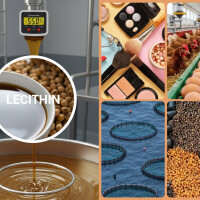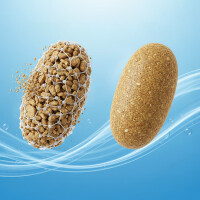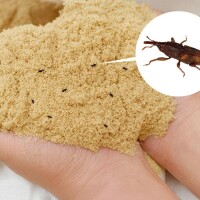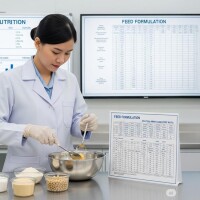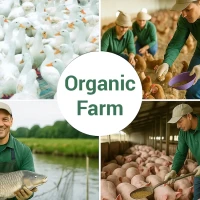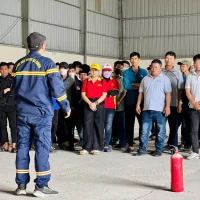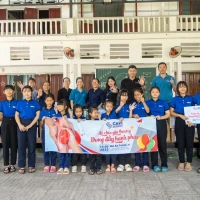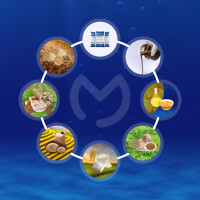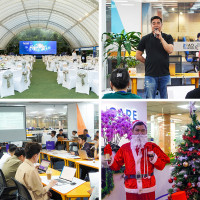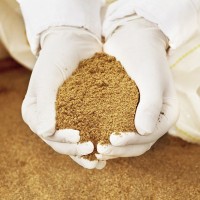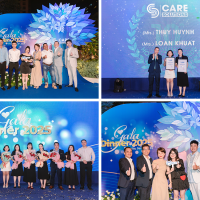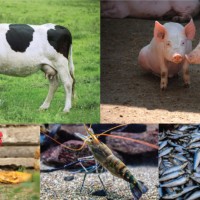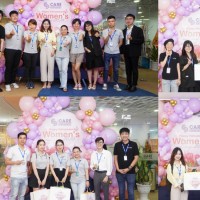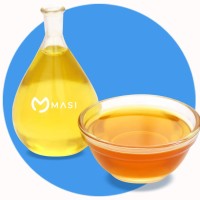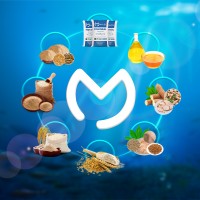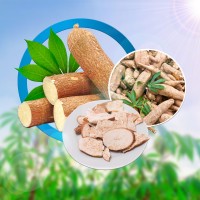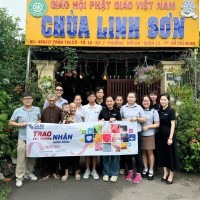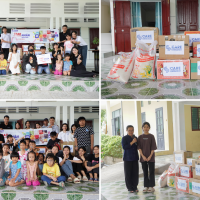Application Of Soy Lecithin In Aquaculture Feed
In the modern aquaculture industry, optimizing feed efficiency and nutritional value remains a critical factor in determining farming productivity. The application of soy lecithin in aquafeed has become a preferred solution for many producers and farmers due to its ability to enhance lipid digestion, promote growth, and improve survival rates. From its natural emulsifying properties to its key biological role in nutrient metabolism, lecithin is establishing itself as an essential additive in feed formulations for fish, shrimp, crabs and a wide range of other aquatic species.
Role of Lecithin in aquafeed
1. Elevate nutrient absorption and metabolism
Lecithin is a natural source of phospholipids rich in biological value, functioning as an “energy transporter” within the animal body. Thanks to its emulsifying properties, lecithin disperses oils and fats in feed into fine particles, enhancing lipid absorption and metabolism in the small intestine.
During the early stages of fish fry, post larvae shrimp or juvenile crabs, when the digestive system is not yet fully developed, lecithin improves fat digestion, supports cell membrane and neural tissue development, thereby accelerating growth and reducing mortality rates. In addition, lecithin stabilizes digestive enzymes, increases energy utilization efficiency in feed and promotes uniform, healthy growth in cultured animals.
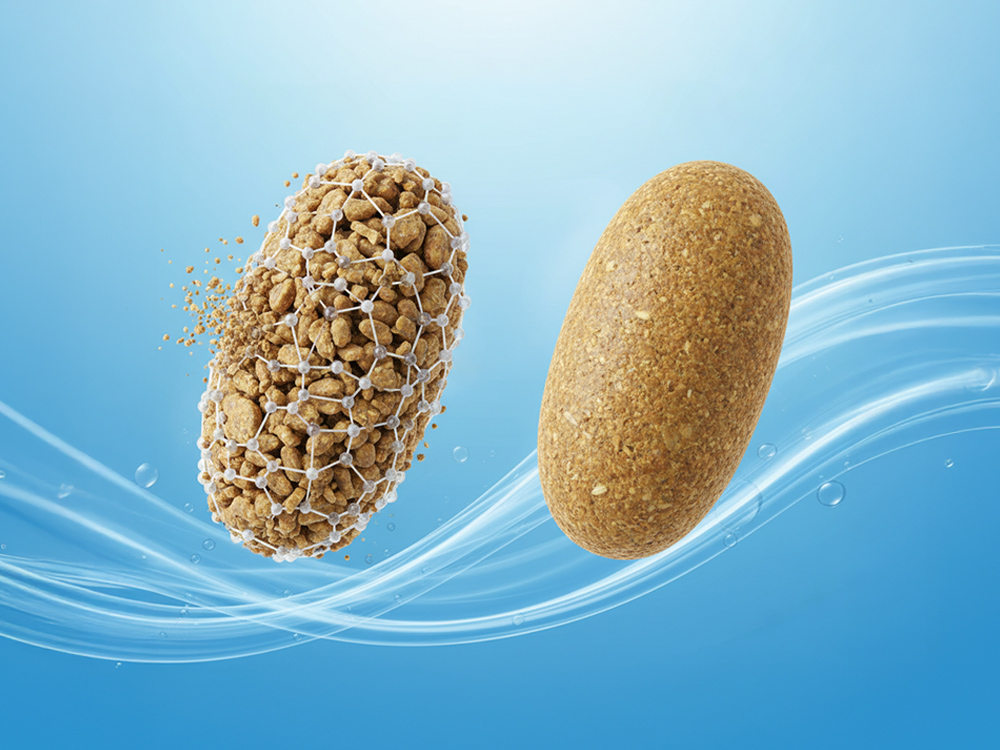
2. Stabilize feed structure, enhance emulsification and cohesion
In aquafeed production, particularly for floating or sinking pellets, soy lecithin acts as a natural binder. The phospholipids in lecithin blend oil and water, creating uniform cohesion among ingredients, resulting in firmer pellets, reduced dust and minimized disintegration in water. This ensures that nutrient content is preserved, limiting the loss of vitamins, minerals and enzymes into the aquatic environment.
Additionally, lecithin enhances pellet buoyancy, extending the floating time for feeds intended for surface-feeding fish and shrimp, supporting efficient prey capture and feed consumption.
3. Enhance growth performance and immune health of aquaculture species
Lecithin is not only an energy source but also a key biostimulators compound that enhances the natural immune system. The choline and phosphatidylcholine content in lecithin supports liver function, reduces the risk of fatty liver and stimulates metabolic processes.
Under variable farming conditions (such as fluctuations in salinity, pH, or temperature), lecithin helps alleviate stress, boost disease resistance and improve survival rates. Studies show that supplementing with lecithin can increase survival rates of shrimp, fish and crabs by 10 - 15%, promote uniform growth and reduce incidences of intestinal diseases.
Application of soy Lecithin in aquaculture for each different species
1. Application of soy Lecithin in Tilapia farming
Tilapia is an easy-to-cultivate species but has a sensitive digestive system that responds strongly to changes in dietary lipid sources. Supplementing tilapia feed with lecithin enhances fat digestion, accelerates growth and reduces FCR (feed conversion ratio).
The phospholipids in lecithin play a key role in liver and muscle development while also mitigating stress during water transfers or harvest periods. Additionally, lecithin improves the stability of floating pellets, reduces dust, facilitates better feed intake and helps lower production costs.
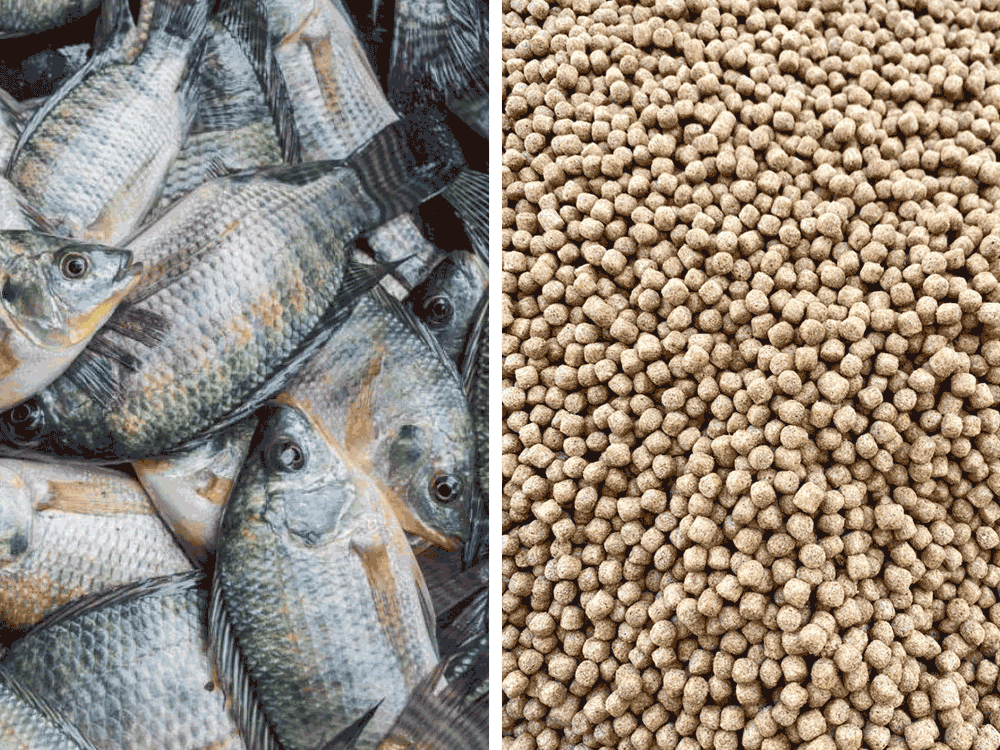
2. Application of soy Lecithin in Whiteleg and Tiger shrimp farming
Shrimp are a group of aquatic species with high phospholipid requirements, particularly during the larval and post-larval period. Lecithin provides essential phospholipids for tissue development, cell formation and improved digestive function.
When supplemented at the appropriate rate (approximately 2 - 5% of the diet), lecithin stimulates faster feed intake, enhances lipid digestion and increases feed pellet cohesion, reducing nutrient loss into the water.
In addition, lecithin boosts disease resistance and reduces mortality during sensitive stages such as molting or environmental fluctuations in salinity and pH. Its use also optimizes energy costs, as it can partially replace fish or vegetable oils while maintaining growth performance.
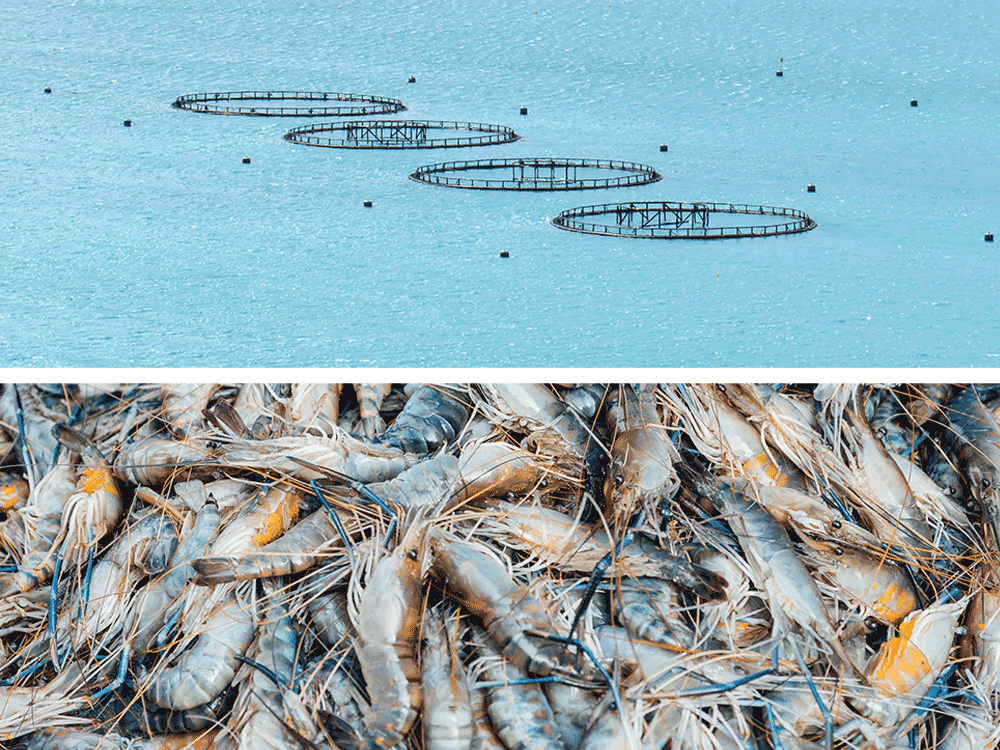
3. Application of soy Lecithin in Sea Crab farming (scylla paramamosain)
Mud crabs are a high-value species but are sensitive to environmental fluctuations and feed quality. Lecithin enhances lipid and fatty acid absorption, improves survival rates and supports shell hardening after molting.
Particularly during the juvenile crab period, lecithin supports the development of muscle tissue and a strong shell, ensuring stable growth. Additionally, its emulsifying properties help maintain feed integrity in water, reduce environmental pollution and enhance nutrient utilization efficiency.
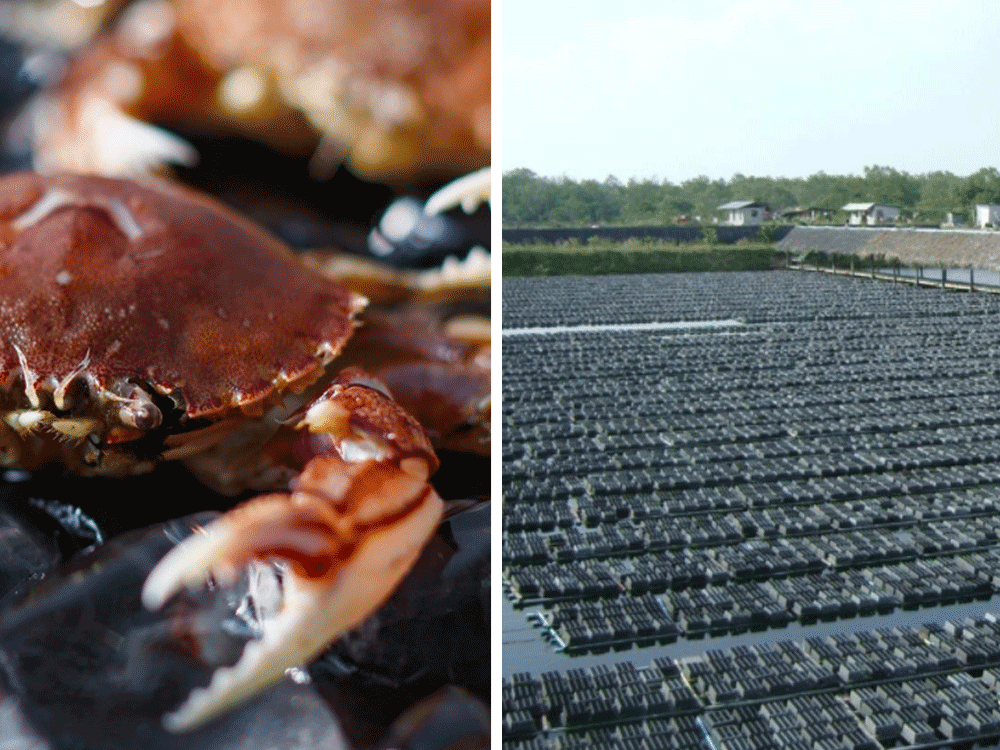
Economic benefits of using soy Lecithin in aquafeed
Supplementing formulation aquafeed with lecithin delivers dual benefits: enhancing productivity while reducing production costs. Lecithin can partially replace fish oil or soybean oil, lowering energy input costs and improving nutrient absorption efficiency.
Field results from fish and shrimp farms show that lecithin supplementation can:
-
Increase growth rates by 8 - 12%.
-
Reduce average FCR by 5 - 10%.
-
Improve survival rates by 10 - 15%.
These factors not only optimize profitability for farmers but also enhance the quality of the final product, meeting stringent export standards for markets such as the EU, Japan and South Korea.
Standards and recommended usage of Lecithin in aquafeed production
To achieve optimal results, experts recommend supplementing soy lecithin at 2 - 5% of the diet, depending on the species and growth period. Lecithin should have phospholipid content ≥ 60%, moisture ≤ 1% and a low peroxide value to ensure freshness.
When selecting a lecithin source, it is advisable to prioritize natural, non-GMO soy lecithin, which is both safe and compliant with export standards.
Masi is a reputable supplier of soy lecithin in Vietnam, offering products that meet international quality standards with consistent mixing and emulsifying performance. In addition, Masi provides technical consulting, formulation support and complete COA documentation, enabling feed mills and farmers to ensure quality, efficiency and sustainability in aquafeed production.
--------------------------------------
Contact information:
Masi
-
H.O: 7th Floor, Giga Mall, 240 - 242 Pham Van Dong, Hiep Binh Ward, Ho Chi Minh City
-
Factory: Lot C11, Fish Sauce Processing Zone, Phu Thuy W., Lam Dong Province
-
Factory: Hoi Hamlet, Kim Son Commune, Dong Thap Province
Email: Cs@masi.vn
Call center: 0909 411 885 - 0911 401 955 - 0979 045 766
Facebook: https://www.facebook.com/masi.fishmeal
LinkedIn: https://www.linkedin.com/company/masifishmeal/

